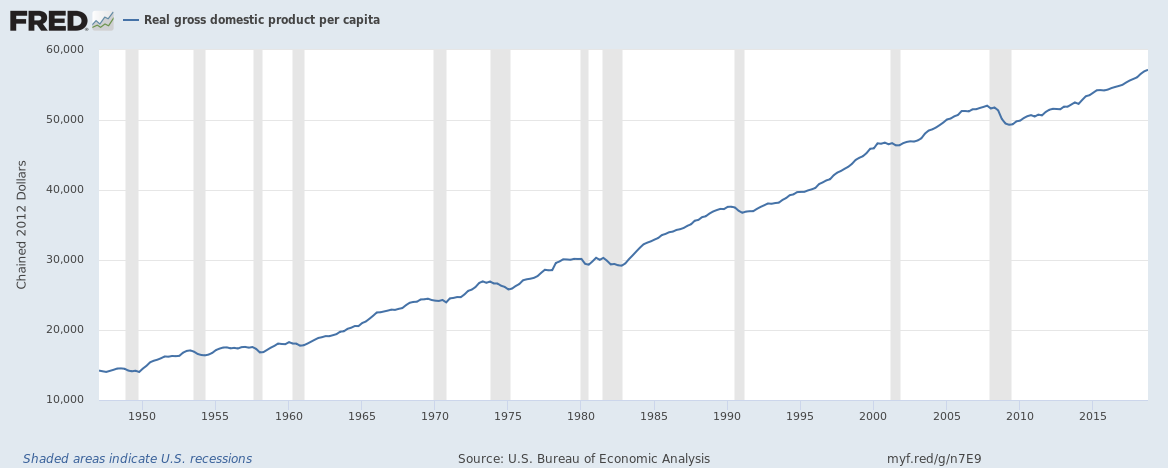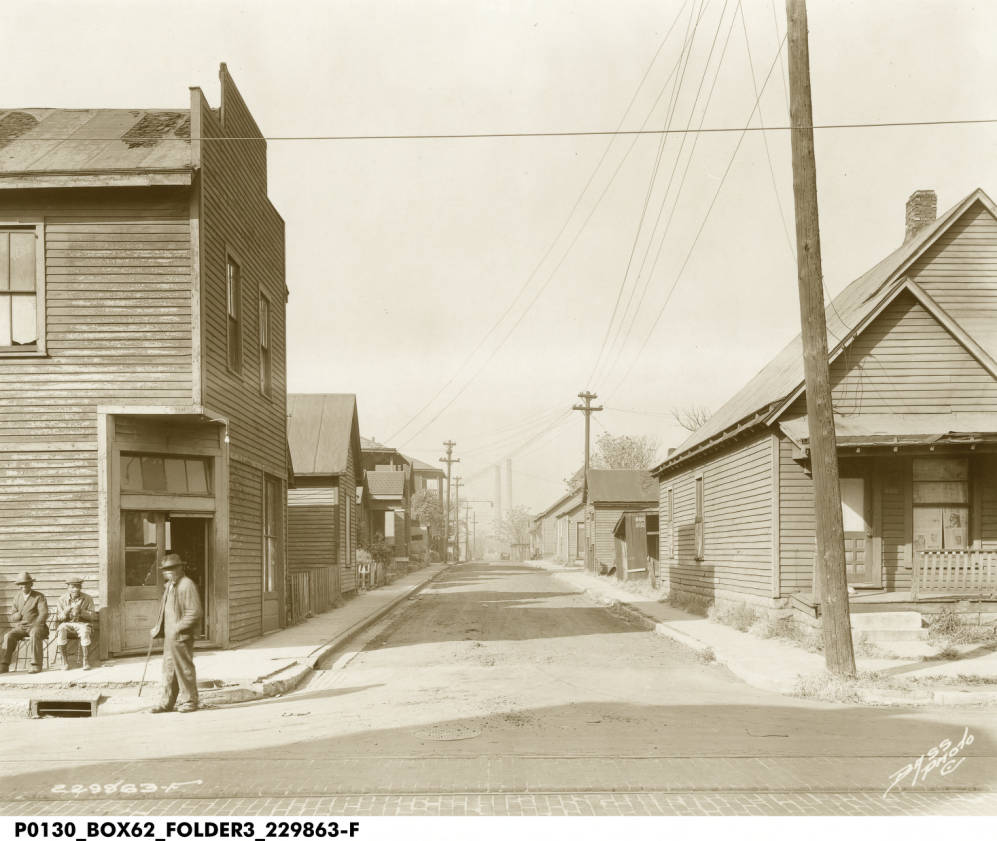On June 6, we will present the first SAVI Talks event of 2018. The Changing Landscape of Poverty will explore where poverty has increased most and how the places where low-income residents live can impact their opportunity. This series of articles will explore parts of that research.
From 1970 to 2017, Indianapolis’ poverty rate (for the 11-county metro region) jumped from 8.9 percent to 13.7 percent from. While that may not seem like a lot, it means we would have 93,000 fewer people in poverty in our region if rates had remained constant.
This trend is not unique to Indianapolis, however. The U.S. poverty rate has been essentially unmoved since 1968, and many of our peer cities have experienced increases similar to Indianapolis.
Indy would have 93,000 fewer people in poverty in our region if rates had remained constant since 1970.
The U.S. poverty rate was 12.8 percent in 1968 and 12.3 percent in 2017. While we made a lot of progress until 1968 (the number of poor families fell by 3.3 million from 1959 to 1968), the national poverty rate has failed to budge. (It has improved greatly for seniors. The senior poverty rate fell from 28.5 percent in 1966 to 9.3 percent in 2017 [Census]. Most of that decline came between 1966 and 1972, the years following the enactment of Medicare in 1965.)

This persistent poverty rate is in spite of a growing economy. The average output of the economy per person (GDP per capita, an effective way of measuring economic growth that cancels out the effects of population growth) has more than doubled since 1968 (Federal Reserve).
Most Peer Cities Experienced Rising Poverty
Curious about how Indianapolis’ increasing poverty compares to peer cities, we analyzed poverty data back to 1970 for the 10 cities* with populations closest to Indianapolis. These peers include five larger than us (Cincinatti, Kansas City, Austin, Columbus, and Cleveland) and five smaller than us (San Jose, Nashville, Virginia Beach, Providence, and Milwaukee). All these cities have between 1.6 million and 2.2 million residents.
*(Technically, we looked at metropolitan areas, not cities. These are collections of counties that make up the core city and surrounding region. We used the 2013 definition of metro areas for all data from 1970-2017.)
Most Peer Cities Also Saw Poverty Increase Since 1970
Poverty Rate for Metros, 1970-2017
We found that most of our peer cities also experienced an increase in poverty rate since 1970, particularly between 2000 and 2012. This is likely explained by the deep impacts of the Great Recession. In fact, each of these peers had a higher poverty rate in 2012 than in 2000. The recession impacted us all. Some cities have recovered some since then. In Columbus, Kansas City, San Jose, Nashville, and Austin, poverty rates fell 1 to 2 percentage points between 2012 and 2017. But for other cities, including Indianapolis, poverty rates have stayed high.
In Indy, Poverty Increased Faster than Most Peers
Absolute Change in Poverty Rate, 1970-2017
Over the long term, only two peers had faster increases than Indianapolis: Milwaukee and Cleveland. Note that the top five increases all belong to Rust Belt cities. So while the national poverty rate has been steady, Indy and many of its Rust Belt peers have seen increases in poverty as our cities have adjusted to a post-industrial economy.
Meanwhile, most of our peers in the South have had falling poverty rates (Nashville, Virginia Beach, and Austin). This reflects overall changes in demographics and job growth that create struggles for Midwestern cities.
Peers in the South had poverty rates much higher than their Midwestern counterparts in 1970 (all over 15 percent), but now those rates have fallen to around the U.S. average.
Midwestern Peers Show Similar Trends to Indy
Poverty Rate 1970-2017
Southern Peers Have Declining Poverty Rates
Poverty Rate 1970-2017
To learn what an increasing poverty rate means for Indy residents, stay tuned for SAVI Talks on June 6. Not only has the poverty rate risen in Indianapolis, but the neighborhoods with the most people in poverty have shifted. Follow us as we explore these trends and their implications.







